By Louise Irvine
Local ceramic artist, Ellen Cohen Berman, has been invited to join the Artists Showcase in the WMODA Studio Collection and her new calla lily wall sconces in the Art Nouveau gallery have inspired us to look more closely at these beautiful blooms. The lily is one of the floral emblems of the Aesthetic Movement and symbolized the contemplation of beauty.
Oscar Wilde, the notorious aesthete, was infatuated with the Jersey Lily, Mrs. Lillie Langtry. She was acclaimed as “the most beautiful woman in the world” and inspired many leading artists of her day. Wilde dedicated several poems to his muse and claimed that her charm, wit, and mind were her true weapons as she conquered London society. She caused a sensation as the first socialite to appear on stage and was the first celebrity to endorse a commercial product when she promoted Pears soap. Her affairs caused widespread media interest, particularly her relationship with the Prince of Wales, later King Edward VII.
Wilde was lampooned for his love of lilies and it is said that he often walked down the street with a single lily in his hand hoping to encounter a reporter. He was ridiculed on a Royal Worcester teapot with a calla lily in the lapel of his velvet jacket. The other side depicts him with a sunflower, another floral emblem of the Aesthetic Movement. Later in life, Wilde paid tribute to his ‘lily of lilies’ referring not to Mrs. Langtry but to his male lover, Lord Alfred Douglas.
The calla lily originated in South Africa but despite its name, it is not part of the lily family and was wrongly classified in the 18th century. In the US, one of the most spectacular displays of calla lilies can be seen at Garrapata State Park, Big Sur which bursts into bloom in February and March. The calla does not have petals like Asiatic or Oriental lilies. Modified leaves, known as spathes, wrap around the spadix, a narrow central spike which holds the tiny flowers.
The calla lily takes its name from the Greek for “beautiful”. According to classical mythology, Venus the goddess of love was jealous of the flower’s beauty and added its large yellow pistil. The creation of the calla lily is attributed to Hera, the queen of the gods. Her husband, Zeus, fathered Hercules by a mortal woman and brought his child to be breastfed by Hera while she slept. Drops of milk fell to the ground and turned into calla lilies.
As a result, the calla lily has been associated with lust and sexuality but the white flowers have also been linked with the Virgin Mary symbolizing fertility, purity and innocence. Lilies became very popular in bridal bouquets during the Art Deco era. The meaning of calla lilies varies according to the color of the blooms. Black conveys convey elegance and mystery, pink suggests romance, yellow means gratitude and red symbolizes courage and determination.
The red calla lilies at WMODA were made by Ellen Cohen Berman, a talented ceramic artist who specializes in making wall sconces and table centerpieces incorporating the exotic blooms. She forms the flowers in clay and fires them using the explosive raku process, an ancient Japanese technique which involves taking glazed ceramics out of the kiln while they are still glowing red hot. The pieces are then placed in a combustible material such as sawdust or newspaper which catches fire and starves the piece of oxygen. Myriad colors are created within the glaze and the unpredictable results are unique. To complete her sconces, Ellen twists hand-forged steel stems into sinuous art nouveau forms reflecting the beauty of nature.
Ellen became passionate about ceramic art nearly 30 years ago when she enrolled in classes at Broward College and Florida Atlantic University. She is the curator for the Plunge into the Arts program at the Plunge Beach Resort where she helps local artists flourish at exhibitions and promotes the sales of their work in the hotel’s art gallery.
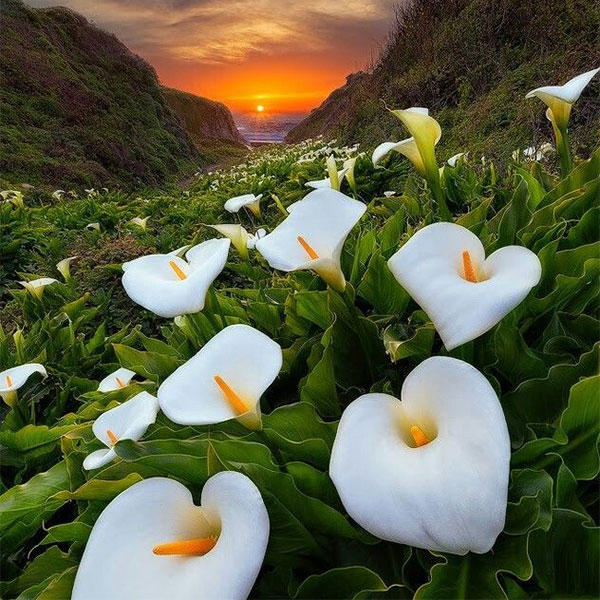
Real lilies
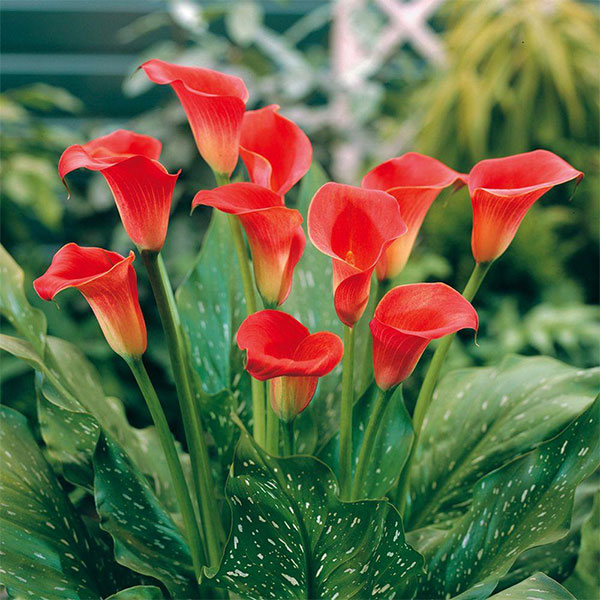
Red raku Calla Lily sconce
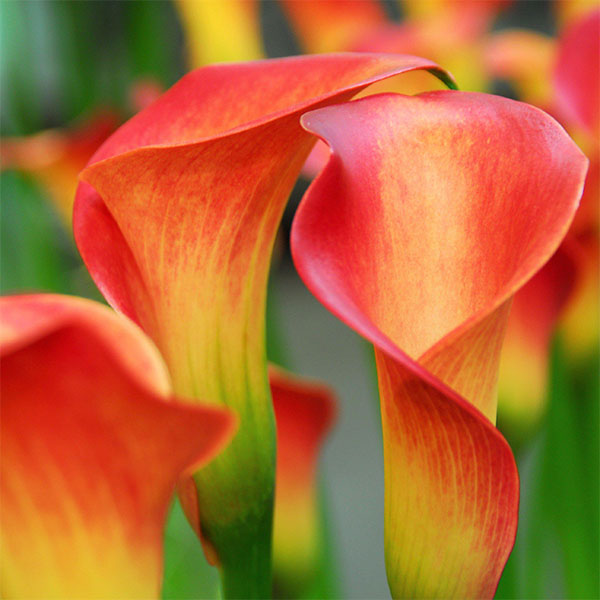
Calla Lilies

Studio Collection WMODA
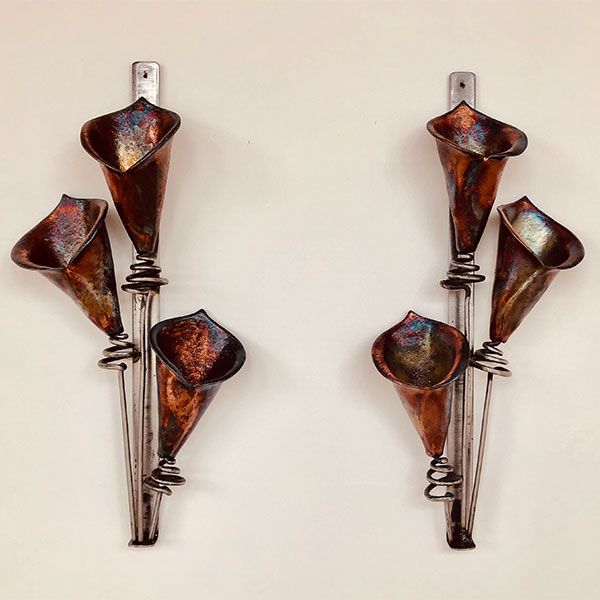
Ellen Cohen Bearman Calla Lilies sconces
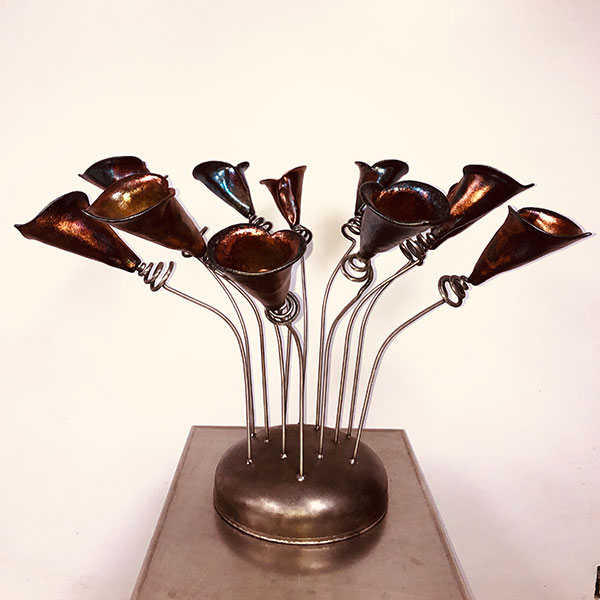
Ellen Cohen Berman Calla Lilies centerpiece
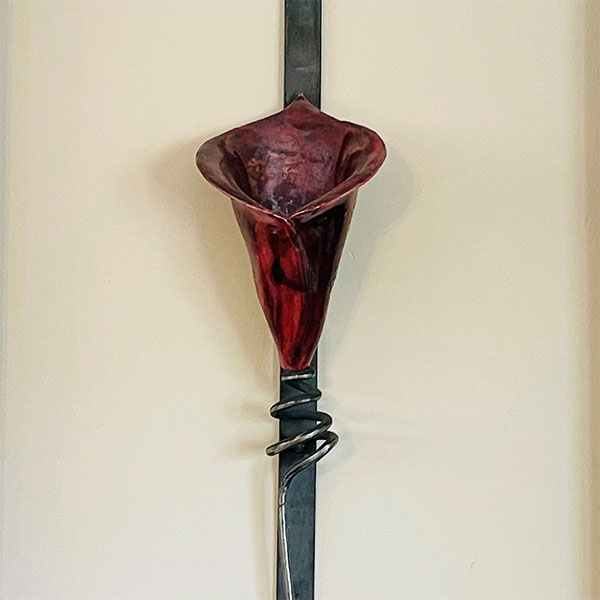
Red calla lily
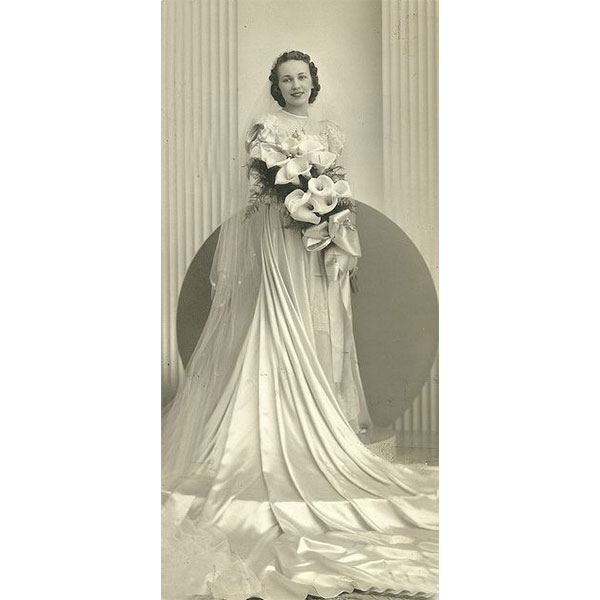
1930s bride Calla Lilies bouquet
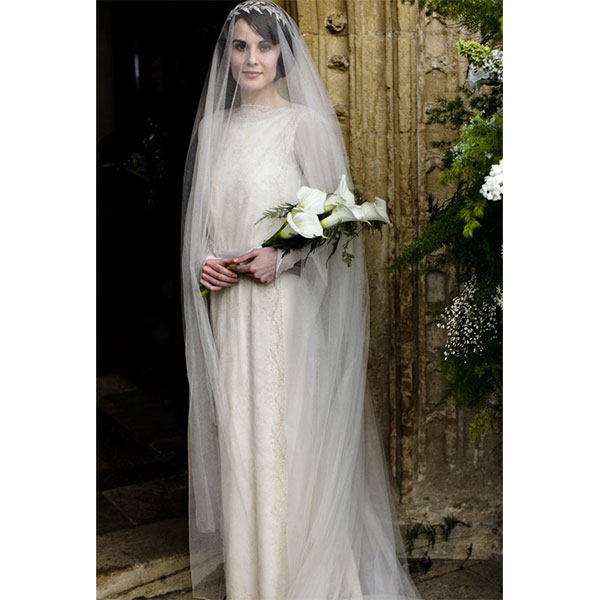
Downton Abbey wedding Calla Lilies bouquet
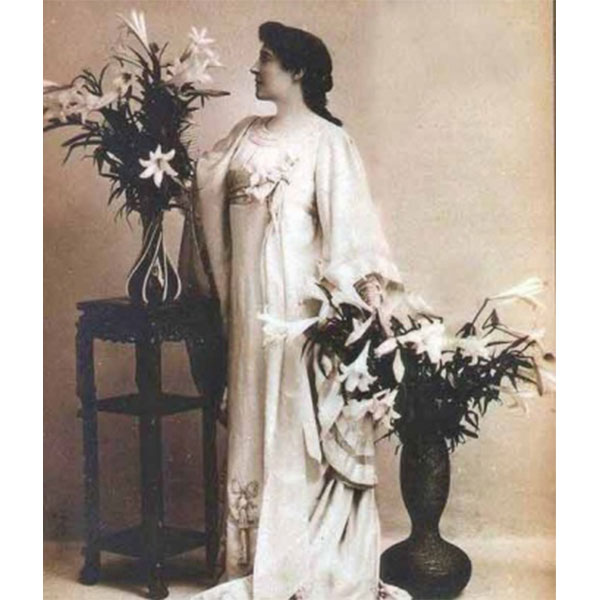
Lillie Langry with lilies

1930s bride Calla Lilies bouquet
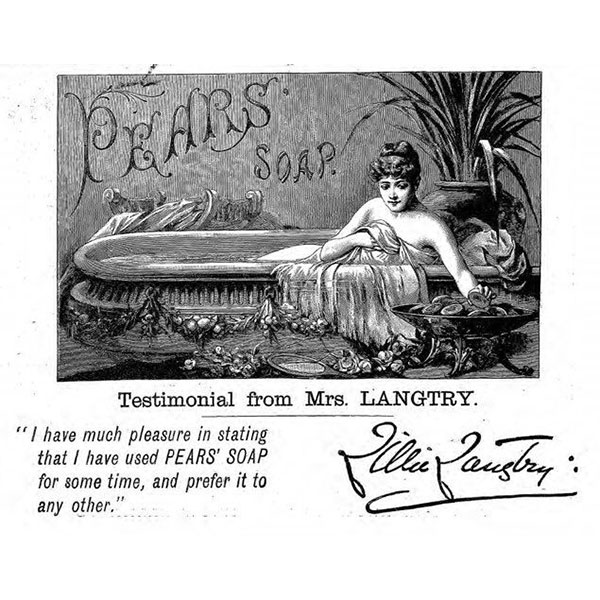
Lillie Langtry Pears Soap
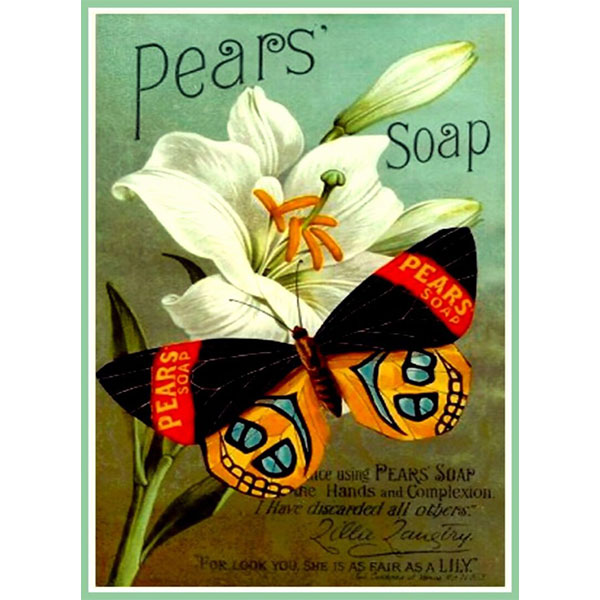
Pears soap Lily advert Lillie Langtry
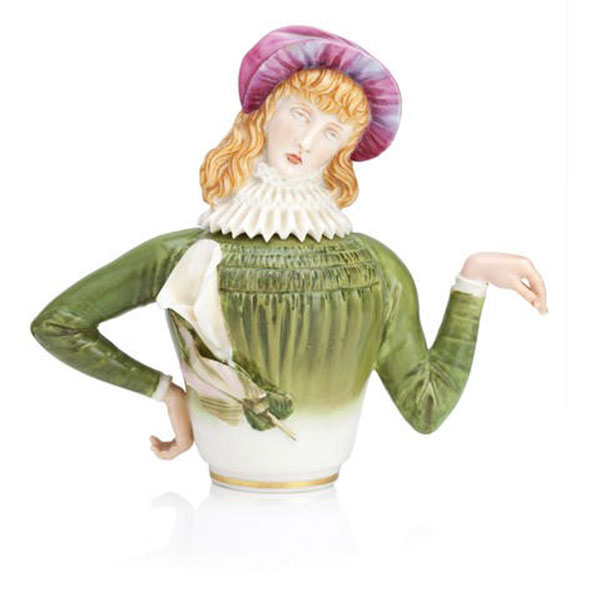
Royal Worcester Oscar Wilde teapot
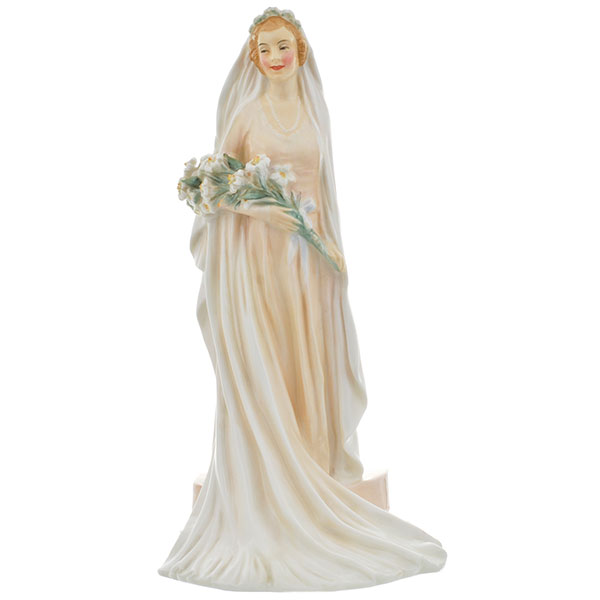
Royal Doulton Wedding Morn with lily bouquet

Ellen Cohen Berman with torch

Ellen Cohen Berman welding
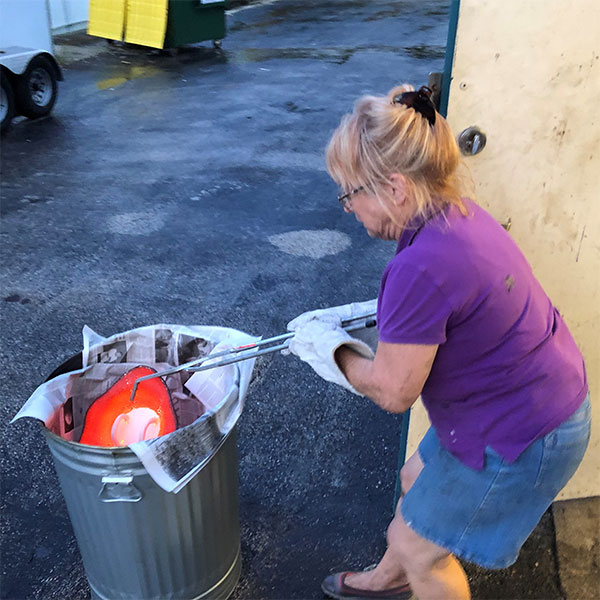
Ellen Cohen Bearman Raku Firing
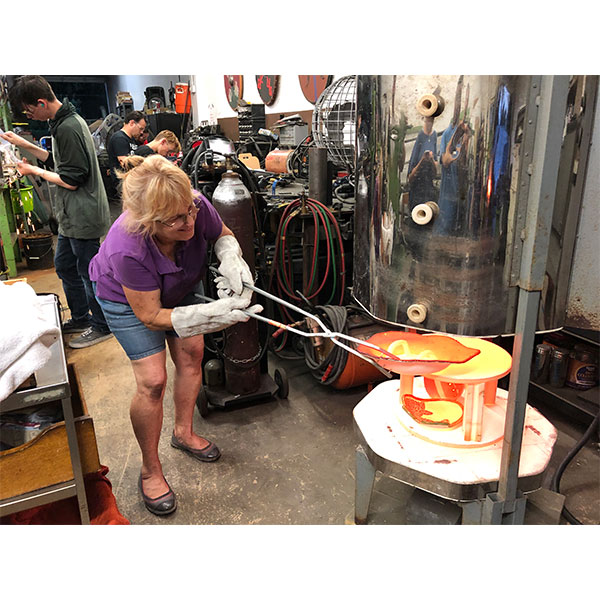
Ellen Cohen Berman Raku Firing
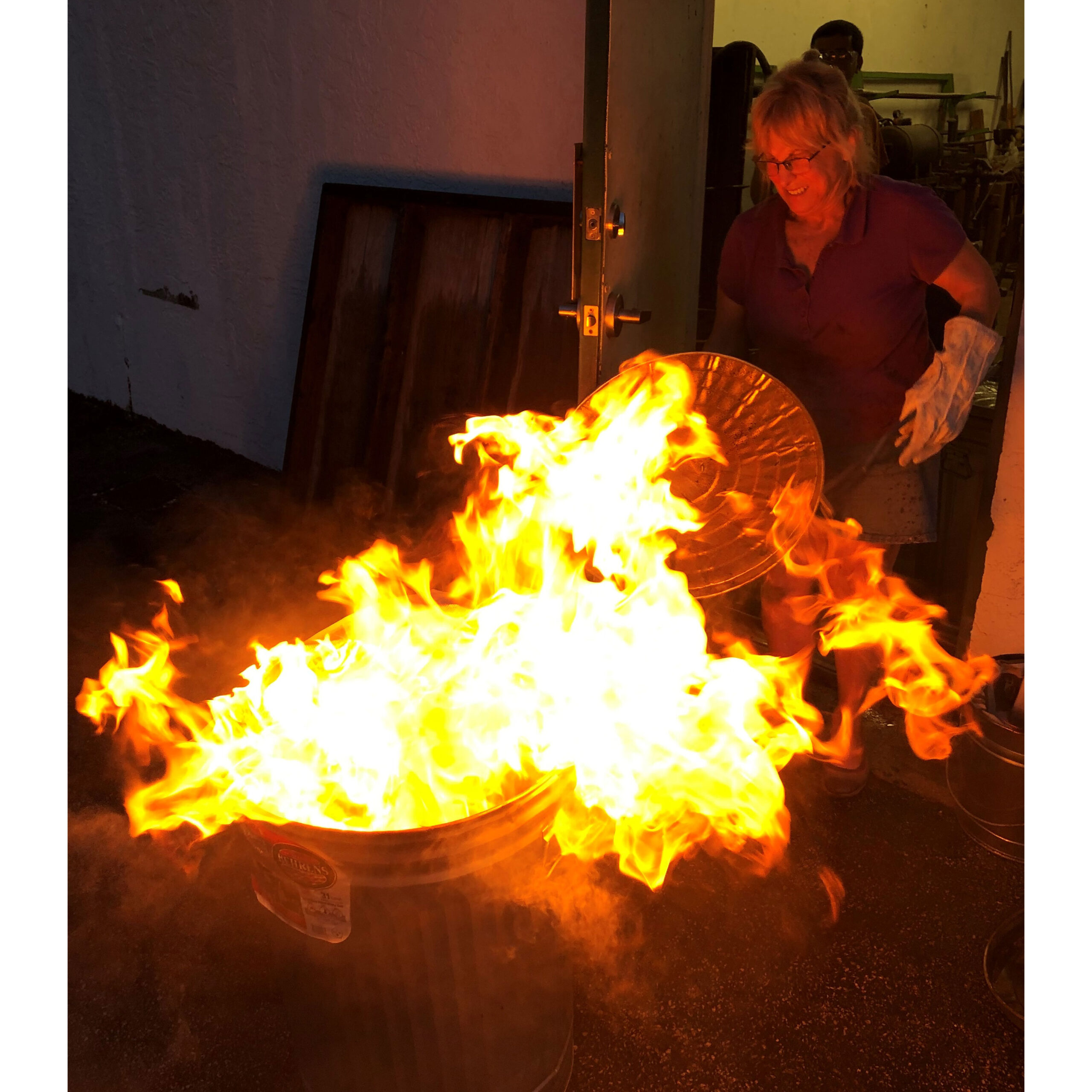
Ellen Cohen Berman Raku firing

Ellen Cohen Berman Raku Firing

Ellen Cohen Berman exhibit
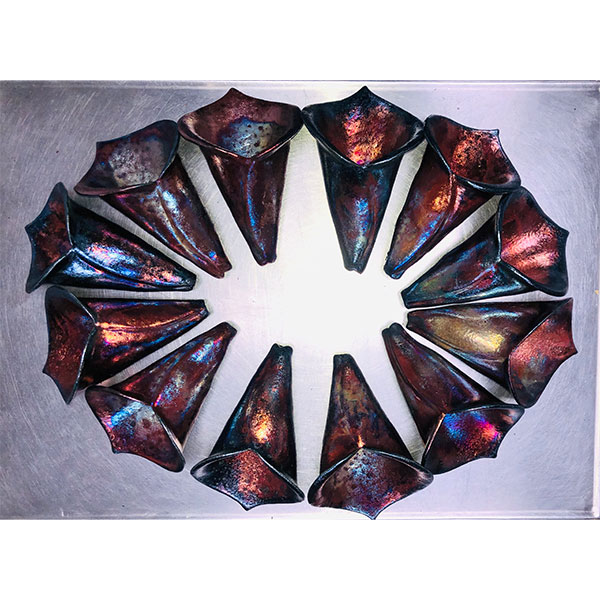
Ellen Cohen Berman Calla Lilies after firing
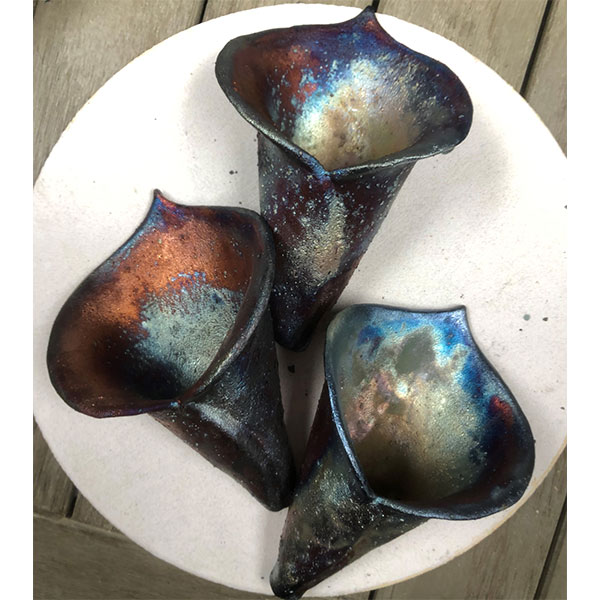
Ellen Cohen Berman lilies Raku fired
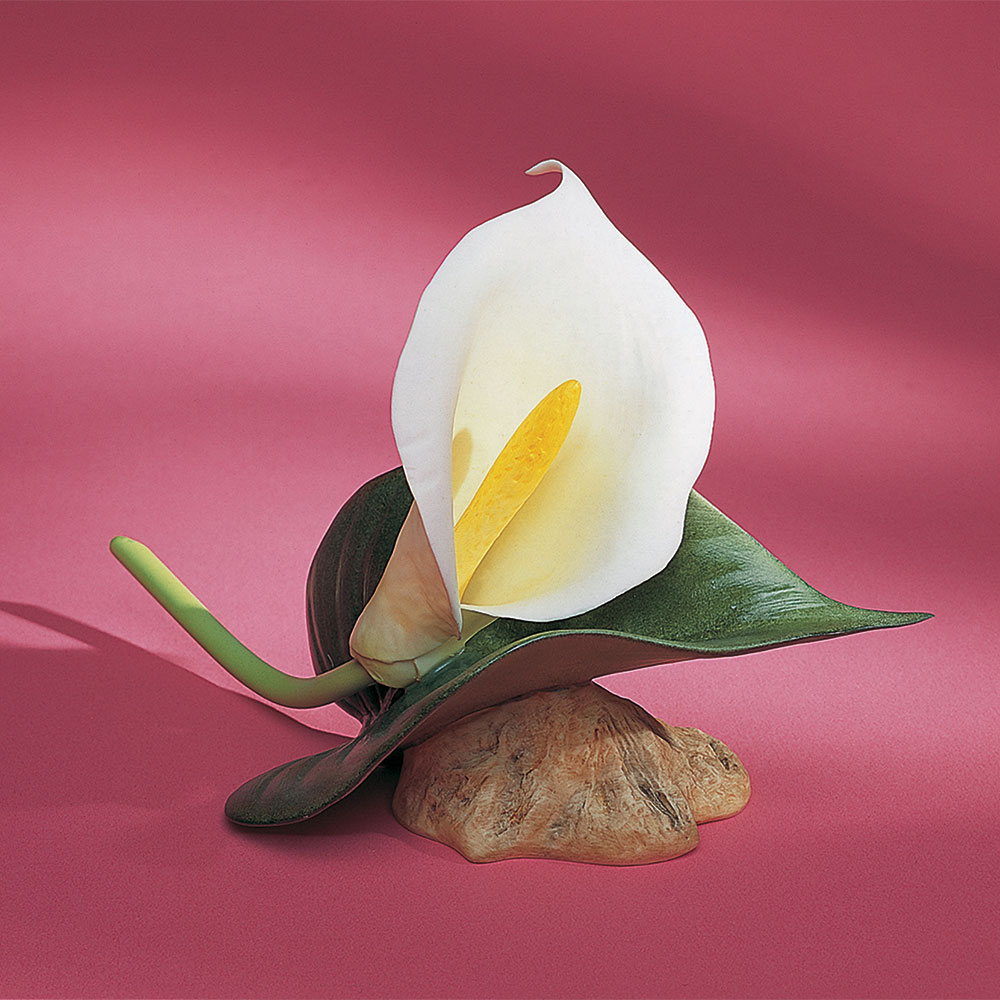
Boehm Porcelain Calla Lily
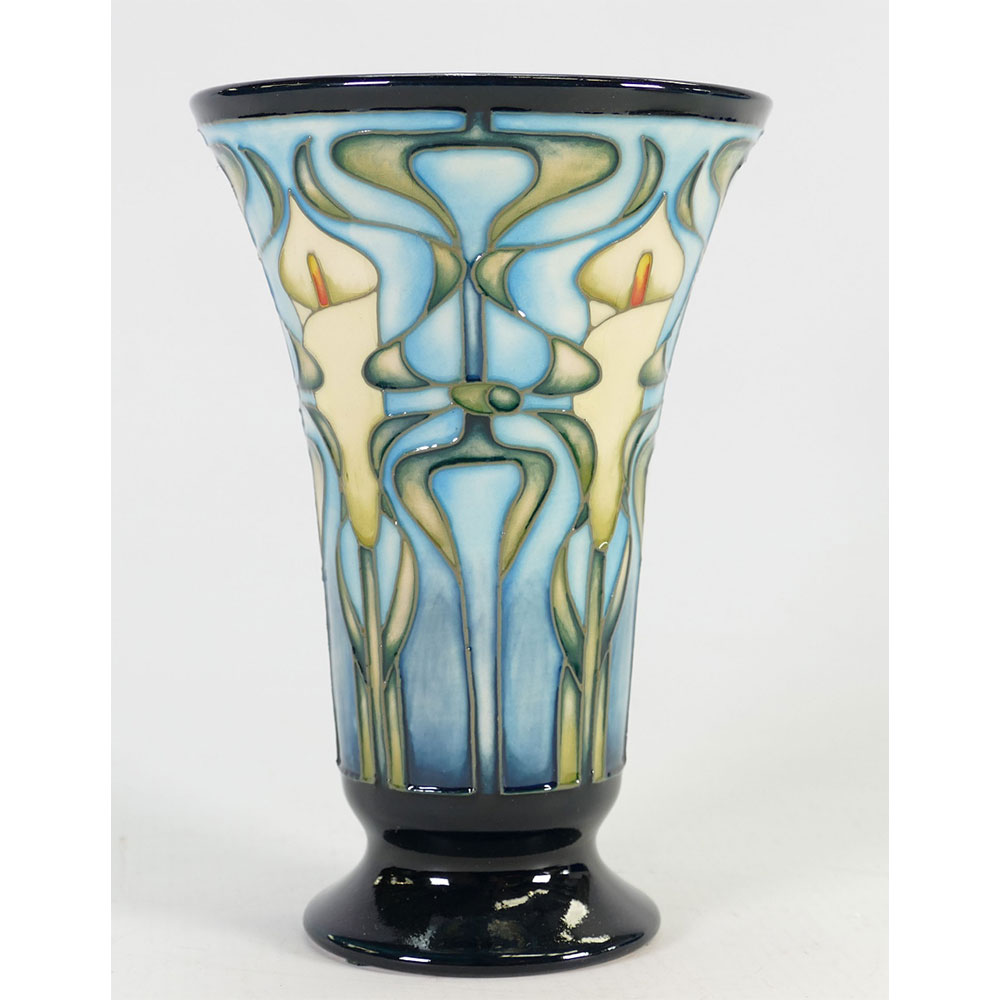
Moorcroft Calla Lily vase
